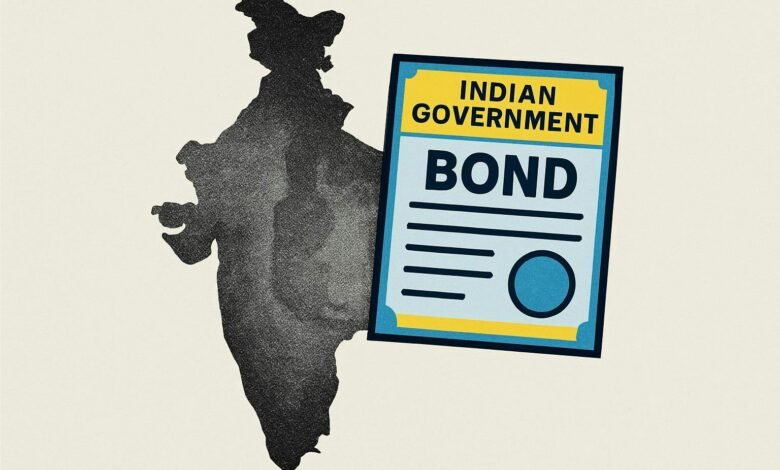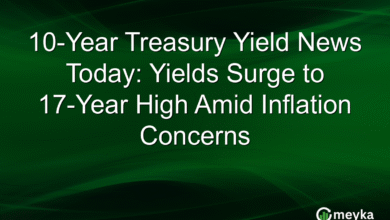Indian Bonds Stay Steady As Holidays Slow Trading

What’s going on here?
India’s bond market is taking a breather this holiday week, with traders pausing to digest falling inflation and hints from the central bank.
What does this mean?
After a late-week selloff nudged India’s ten-year government bond yield above 6.50%, activity has slowed as back-to-back holidays keep trading volumes in check. Investors expect yields to hover between 6.49% and 6.52% in the near term, as state governments line up to raise 170 billion rupees (about $1.93 billion) in fresh bond auctions after a slower prior week. The market’s focus has shifted to the Reserve Bank of India (RBI), with policymakers dropping hints about a possible rate cut in December. That outlook is fueled by retail inflation slipping to an eight-year low in September—and if HDFC Bank’s forecast holds, October could mark a record-low reading. At the same time, the RBI is easing liquidity with a 1.75 trillion rupee variable rate repo auction to help banks with short-term funding. Still, traders haven’t lost sight of global risks, like swings in Brent crude and US Treasury yields, which could shape what happens next.
Why should I care?
For markets: Holiday calm keeps volatility at bay.
Shorter trading weeks bring lighter volumes, and India’s bond market is reflecting that muted tone. With some markets closed for holidays, yields are expected to stay locked in a narrow range and volatility should remain subdued. Investors are holding back, watching for clearer signals from local inflation data and global rates. Major surprises in oil prices or US bond yields could still jolt markets, but most are eyeing a potential RBI rate cut to move the dial.
The bigger picture: Rate cut hopes and record-low inflation shift the outlook.
India’s inflation dipping to multi-year lows gives the RBI more flexibility to loosen policy and support growth. That’s important as global investors look for clarity on central bank directions. Lower inflation and subdued bond market action suggest India’s economy could be entering a steadier phase, but the next moves will depend on both local and international financial cues—especially oil and US monetary policy.






